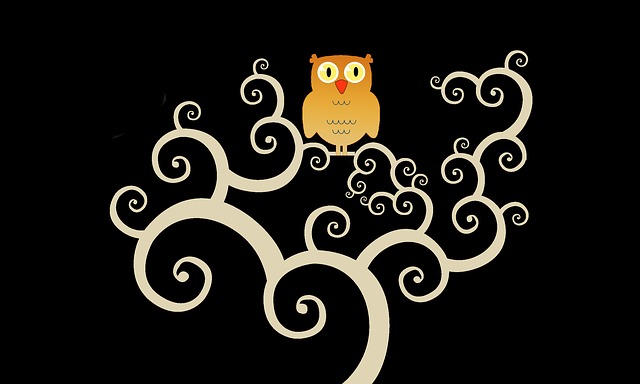It’s road trip season! What "truth" will you find?
How awesome would it be if our worrisome thoughts would take a break from replaying past situations and projecting us into future ones? How wonderful would it be if we weren’t on constant plan mode? Mapping out everything in excruciating detail by excruciating detail? How sane would it feel to stop practicing conversations in our heads of how we may respond to possible situations in the future? Seriously, please tell me I’m not alone on this last one :-)
On a recent road trip I discovered something quite surprising. It was an actual “Aha!” moment around these very things.
Over the years I've worked on ways to focus my attention away from ruminating on the past and feeling anxious about the future. I've learned how to place my attention on the present and have strategies to use when I get caught in an unhelpful spiral.
And during my busy day to days, it works great. More times than not, I feel present and grounded.
Enter my recent experience. Driving for hours on a solo road trip, I discovered something that gave me pause.
After immersing my attention in the deep red sandstone cliff walls and the lush green brush punctuating the hills. As I was admiring the roaring river racing over huge boulders, tumbled there centuries before by rockslides. While I was feeling the warm, fresh air and looking over hundreds of miles to the distant white peaks of a favorite mountain range…
I got, well...bored. What?!? It seemed so weird. And confusing.
It was like pulling myself through a grueling marathon and then being bored quickly after the finish line. Not what I was expecting.
My thoughts went sprinting back to all the things that my thoughts usually sprint back to. And before I knew it I was fully back in my head, racing along in past and future.
Why couldn’t I just linger in this place of presence and awareness? Why did I get bored when there was an infinite expanse of amazing presence and awareness to be experienced?
I hear Jack Nicholson’s voice from the movie A Few Good Men screaming at me, “You want the truth? You can’t handle the truth!” :-)
My road trip “Aha truth” moment was realizing how entertained I am by my thoughts, even the irritating and nagging ones. So much so that I even sometimes choose them over being in the here and now! What?!? I know!
Good thing mindfulness is an ongoing practice! My practice now includes looking at ways to redefine and rework my relationship with being mentally entertained by my past and future repetitive thoughts.
Because in another weird way, I think I might choose to be “entertained” by some anxious, fearful thoughts too.
Okay, I may need another road trip to tackle that one :-)
Drop me a line to tell me about your Road Trip Truths! I'd love to hear about them.










